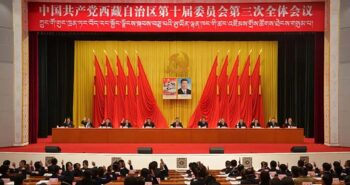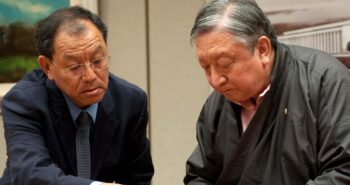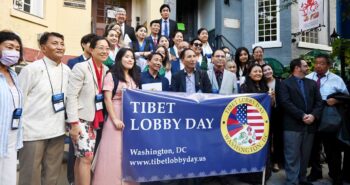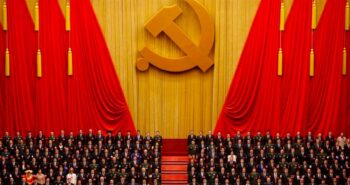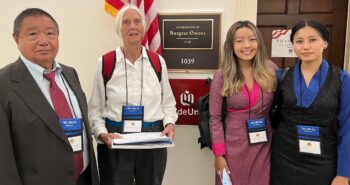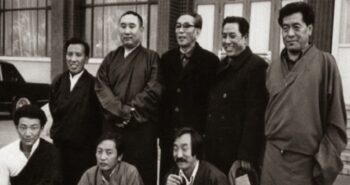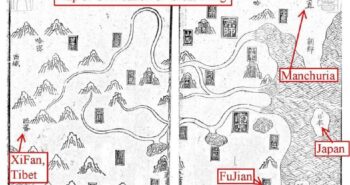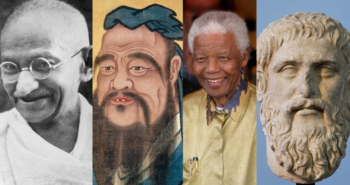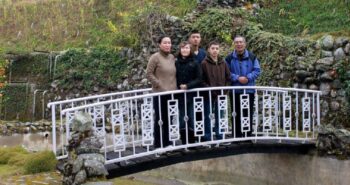In the light of the 20th Party Congress of the Chinese Communist Party, time has come for us to brush up on our understanding of Communist jargons and see if we can truly comprehend what the “new era” means to the Tibetan people.
Oct. 29, 2022 marks the fourth death anniversary of Kasur Lodi Gyari, who until his retirement was the Special Envoy of His Holiness the Dalai Lama and concurrently Executive Chairman of the Board of the International Campaign for Tibet.
Tibet Lobby Day reminded me of another intense campaign we did on the Capitol Hill 44 years ago. At the time, there were only a few hundred Tibetans in the United States, and only a handful of us were US citizens.
s the world's largest Communist party (CCP) is meeting in Beijing and the whole planet is puzzling over what will happen to China, many Tibetans such as I look to the future with great optimism.
Tibetans in exile and particularly Tibetan Americans should understand the significance of the Resolve Tibet bill and do everything in our power to ensure that this crucial bill is passed in Congress next year.
As the Chinese Communist Party prepares to begin its 20th National Congress on Oct. 16, 2022, I must note that China has not been able to come up with a credible Tibetan leader since 2014 when Bapa Phuntsog Wangyal Goranangpa, the last such individual, passed away.
According to magazines like The New Yorker, we are living in “A Golden Age for Dystopian Fiction,” with readers drawn to stories that project their anxieties about a coming nightmare of surveillance, authoritarianism, climate destruction, inequality and disease. But in Tibet, under the rule of the Chinese government, many of the hallmarks of that horrific future are on full display right now.
Senior government figures should treat China’s refusal to conclude negotiations with the Tibetans like a problem they need to actively solve, not a foregone conclusion or a box to check off in statements.
Michelle Bachelet’s trip to China is over, but it’s sure to live on in the annals of appeasement.
On the morning of June 4, 2022, I received the shocking news of the demise of Thubten Samphel la, a retired senior Tibetan official, at his residence in the Tibetan settlement in Bylakuppe in South India. It was shocking because he had no major health issues.

